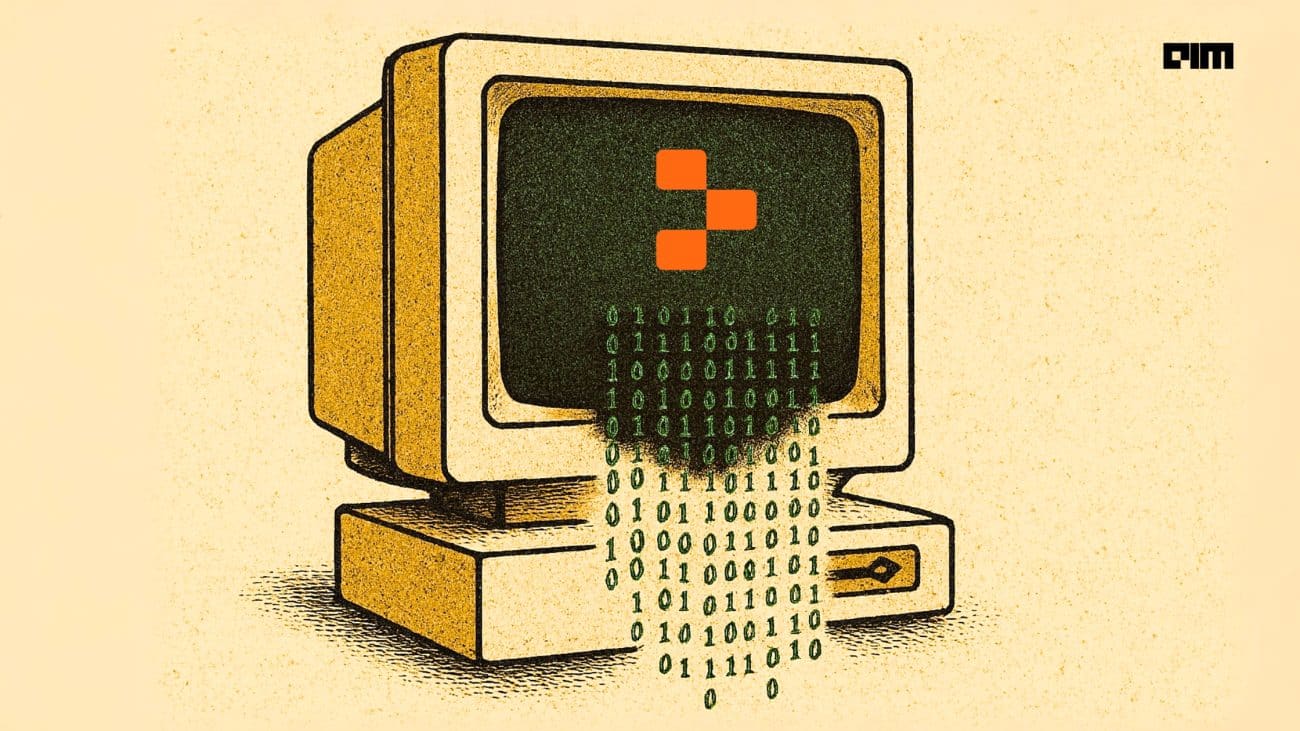[ad_1]
Redis officially announced its return to the open-source world on Thursday with the general availability release of Redis 8, now available under the OSI-approved AGPLv3 license, in addition to the existing licensing options.
The move marks a significant shift after a controversial detour under the Server Side Public License (SSPL) earlier, a decision the company admits strained its relationship with the open-source community.
“This achieved our goal—AWS and Google now maintain their own fork—but the change hurt our relationship with the Redis community,” stated the company in a blog post.
The licensing change coincides with the launch of Redis 8, which the company claims to be the most advanced and performant version of the software to date.
Redis 8 unifies the capabilities of Redis Community Edition and Redis Stack into a single open-source distribution—now simply called Redis Open Source. This integration brings JSON, time series, probabilistic data structures, and advanced querying into the core platform.
The release also includes a new data type, vector sets, developed by the Redis creator Salvatore Sanfilippo, who rejoined the company last year. Vector sets are designed for high-dimensional vector search, making Redis more competitive for AI and semantic search applications.
Redis 8 also introduces performance enhancements, including up to 87% lower latency, twice the throughput, and up to 16 times more query processing power compared to earlier versions.
The new Redis 8 release aims to simplify adoption, speed up innovation, and provide developers with a consistent experience. Also, under the AGPLv3 license, it offers a path forward for organisations previously wary of SSPL licensing.
The latest version is now generally available and can be installed via Docker Hub, Snap, Homebrew, or traditional Linux package managers.
[ad_2]
Source link















